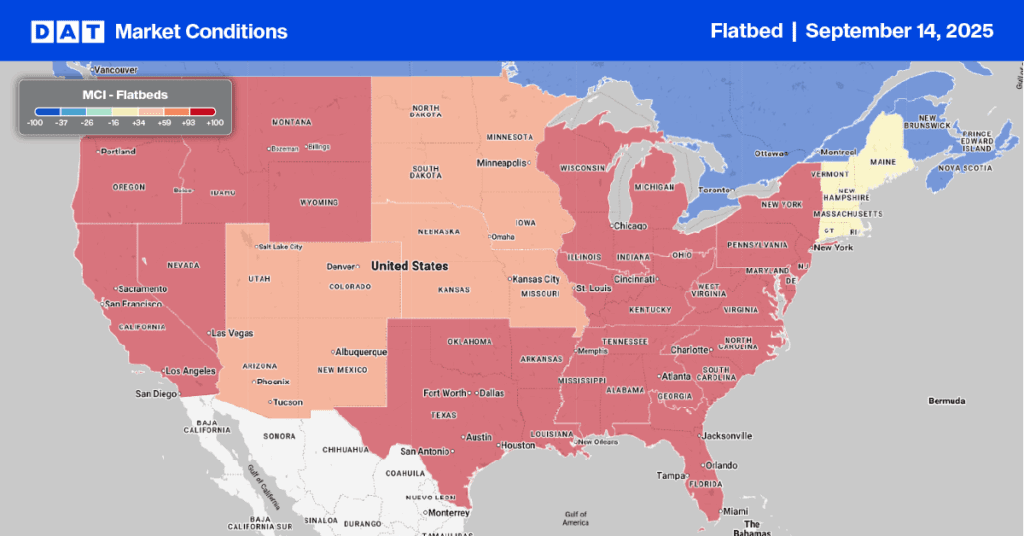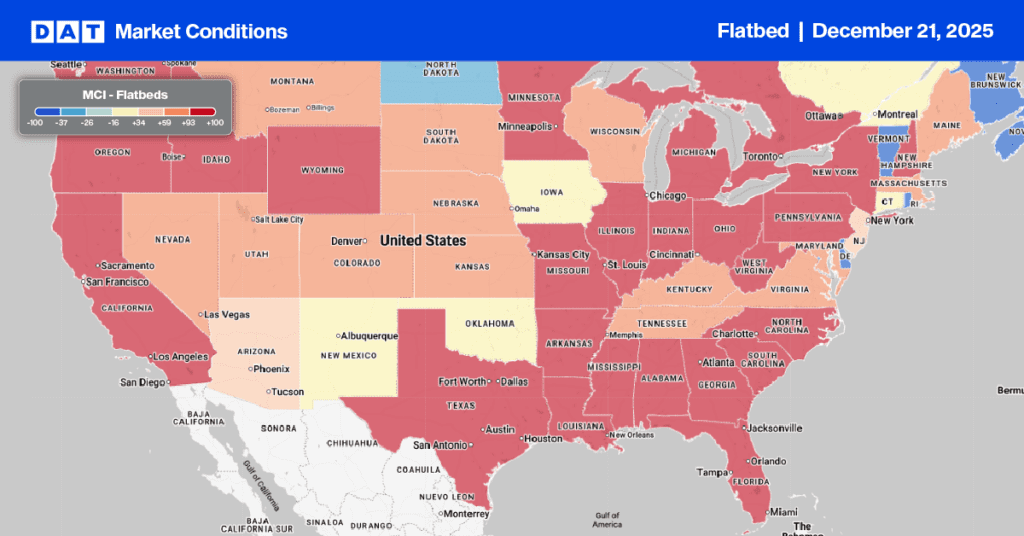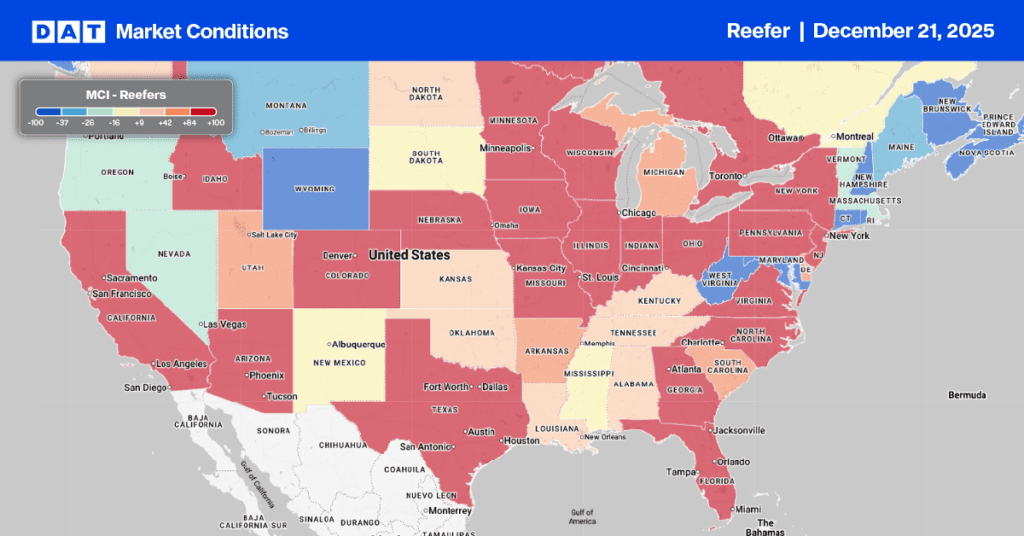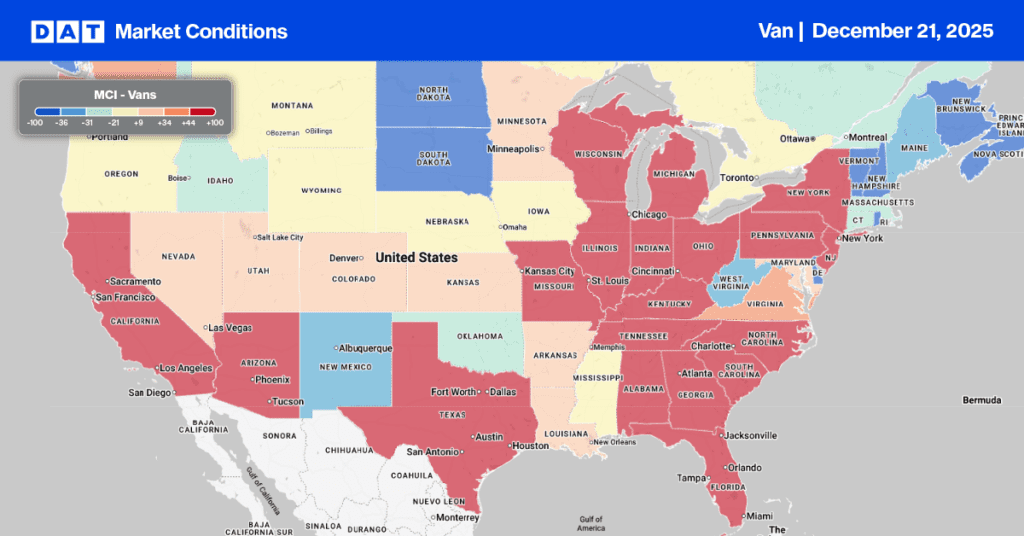House Ways and Means Chairman Jason Smith recently highlighted the potential benefits of President Trump’s trade agenda in an op-ed for the Washington Examiner. However, the realities faced by companies like Deere & Co. suggest a different story. The farm equipment manufacturer is set to lay off 238 workers due to a significant drop in net income and sales, attributed to lower commodity prices and the financial burden of tariffs, which have cost the company approximately $300 million year-to-date. Deere’s pretax tariff-related damages are projected to reach $600 million for the current fiscal year, raising concerns about the impact of such policies on employment within the working class.
Get the clearest, most accurate view of the truckload marketplace with data from DAT iQ.
Tune into DAT iQ Live, live on YouTube or LinkedIn, 10am ET every Tuesday.
Despite claims that tariffs could lead to increased investment and economic growth, evidence suggests the opposite. Many U.S. manufacturers, including Caterpillar Inc., anticipate substantial tariff-related costs that could hinder their operations and discourage customer investments. Moreover, the U.S. agricultural sector is facing challenges, particularly with reduced exports to China, which fell significantly this year. Overall, trade policies appear to be inflicting economic pain, contradicting the narrative of a booming economy benefitting American workers, truckers and farmers.

Load-to-Truck Ratio
Last week saw a significant increase in flatbed load post volumes, reaching their highest point in nearly two months. This surge pushed volumes 22% higher compared to the same period last year. Despite carriers re-entering the market after the Labor Day holiday and various truck shows nationwide, the flatbed load-to-truck ratio held steady at 22.02.

Spot rates
Last week, flatbed rates dropped by $0.03 per mile, averaging $2.03 per mile, erasing half of the gains from the previous two weeks. Despite this dip, rates remain strong for spot market flatbed carriers, standing $0.10 per mile higher than last year and $0.14 higher than in 2023, indicating a very positive year for them.



